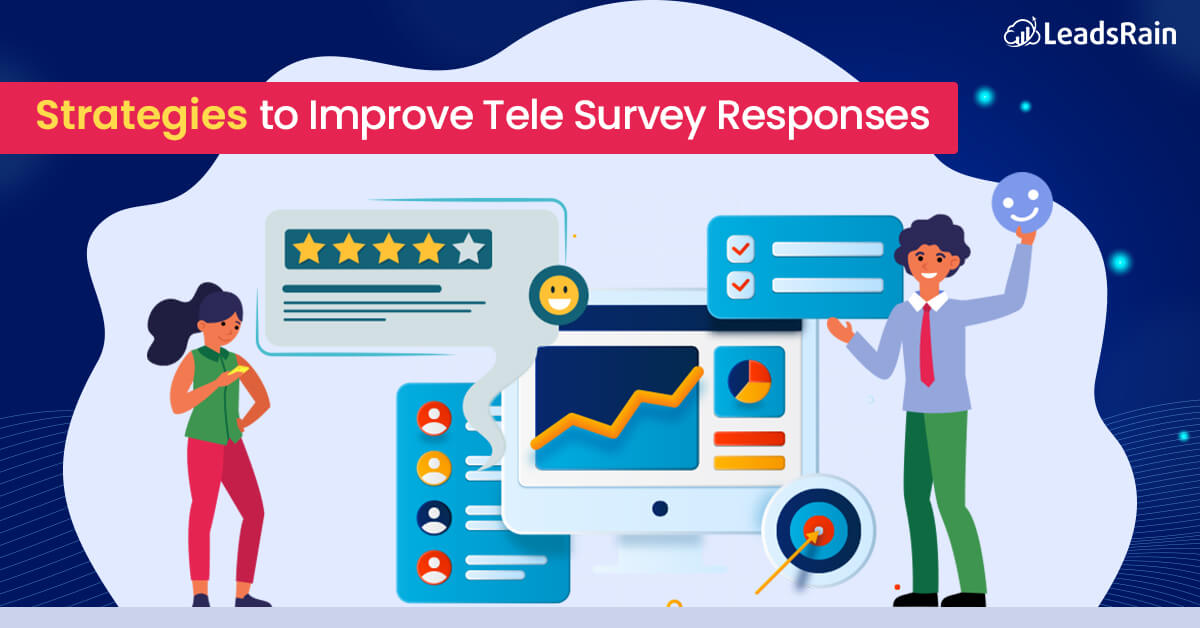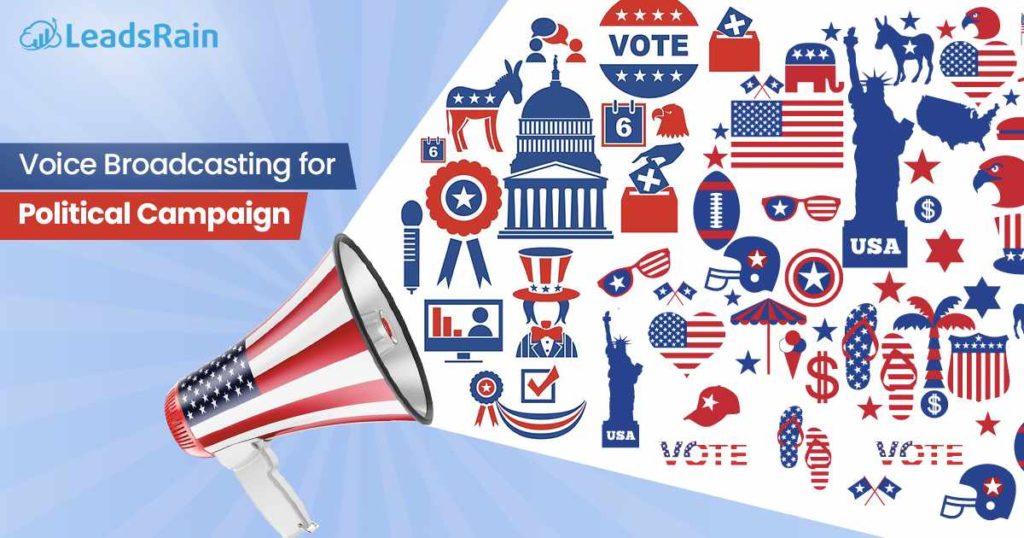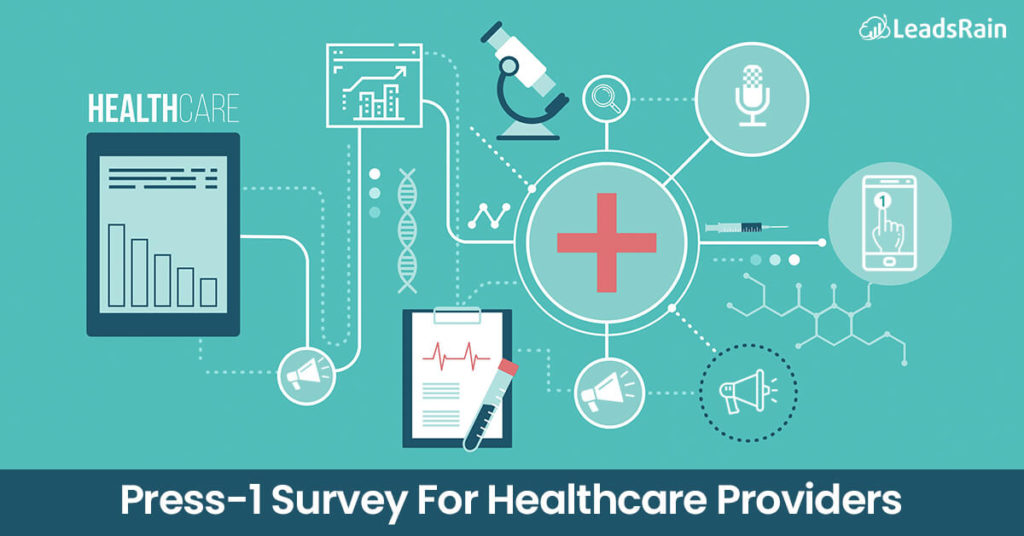If you are going to conduct survey research, this means that you have the opportunity to amp it up and get more people to provide you with valuable data. This is because many types of research tell you how to conduct survey research in terms of increased response rates. People new to market research may ask what a response rate is and how to calculate it.
What is a Response Rate?
Imagine that you will do an email survey, and you email around 11 hundred survey invitations. A hundred of those emails tend to get ignored, and about 250 responds. This makes your response rate about 25%. Therefore, the simplest way to measure response rate is by finding out how many people you are reaching and how many of those people are responding.
A response of 25% is incredible for researchers as it provides an ample amount of data to narrow down conclusive research hypotheses. A 25% response rate is quite remarkable unless you are routinely doing employee research. In any case, it is always best to optimize response rates and get the highest number of responses from participants.
Increasing response rates is very important, and it improves the quality of your data. Whether you are doing your survey by email, phone, messages, social media, or others, you will have to implement strategies to increase responses.
How can you maximize Tele-Survey response rates?
Increasing response rates will vary depending on the population and data collection method. If you are primarily doing B2B research, you need to find something unique to increase B2B response rates.
Nonetheless, strategies to improve tele survey responses can differ from strategies of other types of survey. Putting the variations aside, you can also find common and fundamental strategies that apply regardless of your data collection method. Below, you will learn about universal tactics that help improve response rates.
Topic Relevancy
When conducting a survey, you must ensure that the topic or sponsor is relevant. As evidence of why this is so important, notice how there is a higher response rate when you conduct a non-blind survey.
This is when you are surveying a specific organization, and you have the freedom to reveal the brand name during the survey. This leads to a higher response rate as supposed to come from a generic firm.
This is also important for people that execute business-to-business research. Revealing the sponsor or the company is a trade-off you make when trying to improve response rates. It helps at relevancy to your survey and the topic it pertains to.
Participation Incentives
Incentives are enormous when you are trying to increase response rates. Whether monetary or non-monetary, it is common knowledge that they work. It is a great technique to motivate people to participate.
There are many different ways of offering incentives. One of the ways of incentives is charitable donations. Unfortunately, promising people money for a non-profit does not lead to the same response rate as when you promise them personal gain.
Survey Transparency and Duration
Making sure that your survey is reasonable, short, and honest can attract more people to participate in it. You want to be honest with people when carrying out the survey. Not only is this the right thing to do, but it also leads to a good experience for the person that is taking the survey.
You do not want people to feel intimidated and utilized. Thus, making your survey motives transparent and honest can be incredible for optimizing response rates. Not to mention, keeping the survey short will allow participants to have a good survey experience and make them willing to accept future survey experiences.
The big question then comes through as, how long can I have my surveys?
The answer to this question varies depending on the data collection method and population. To some extent, it also varies according to incentives. For instance, you will find some surveys that have a longer duration come with higher incentives.
Over the years, many studies have shown the correspondence between survey duration and response rates. If someone knows that the survey will take ten minutes, they will respond differently when offered a 5 minutes long survey.
It is obvious that people are more likely to respond to a survey that does not buy their time. Considering the shorter attention span of people today, it is very rare to see someone interested in a 10-minute survey. This means that you have to make sure that your surveys have a short length and are easy to comprehend.
Invitation Text
This refers to the text you use, along with components you mention when you ask people to participate in the survey. These elements are crucial to response rates. There is plenty of research on research that discusses this topic.
The components and word choices can have a huge impact when conducting surveys regarding how people respond. This topic again will largely vary based on your data collection method.
Invitation Personalization
When sending a survey invite, personalizing it will help you optimize it in the best way possible. Personalization is overall a scorching topic in the world these days. If you do any work in marketing, you know personalization is key to grabbing attention and motivating action.
People today expect personalized experiences. They expect you to know things, leverage existing knowledge and this also applies to surveys. There have been many findings on this topic as well. Thus, if there is anything that you can do to make your invitation personalized, then it will play to great advantage.
Final Thoughts
From the tactics mentioned above and tips, you can see how slightly tweaking the survey can help you make a difference in the response rates. Using these tried-and-tested methods and strategies, you can have better and more valuable data without worrying about how to get people to take a survey.




